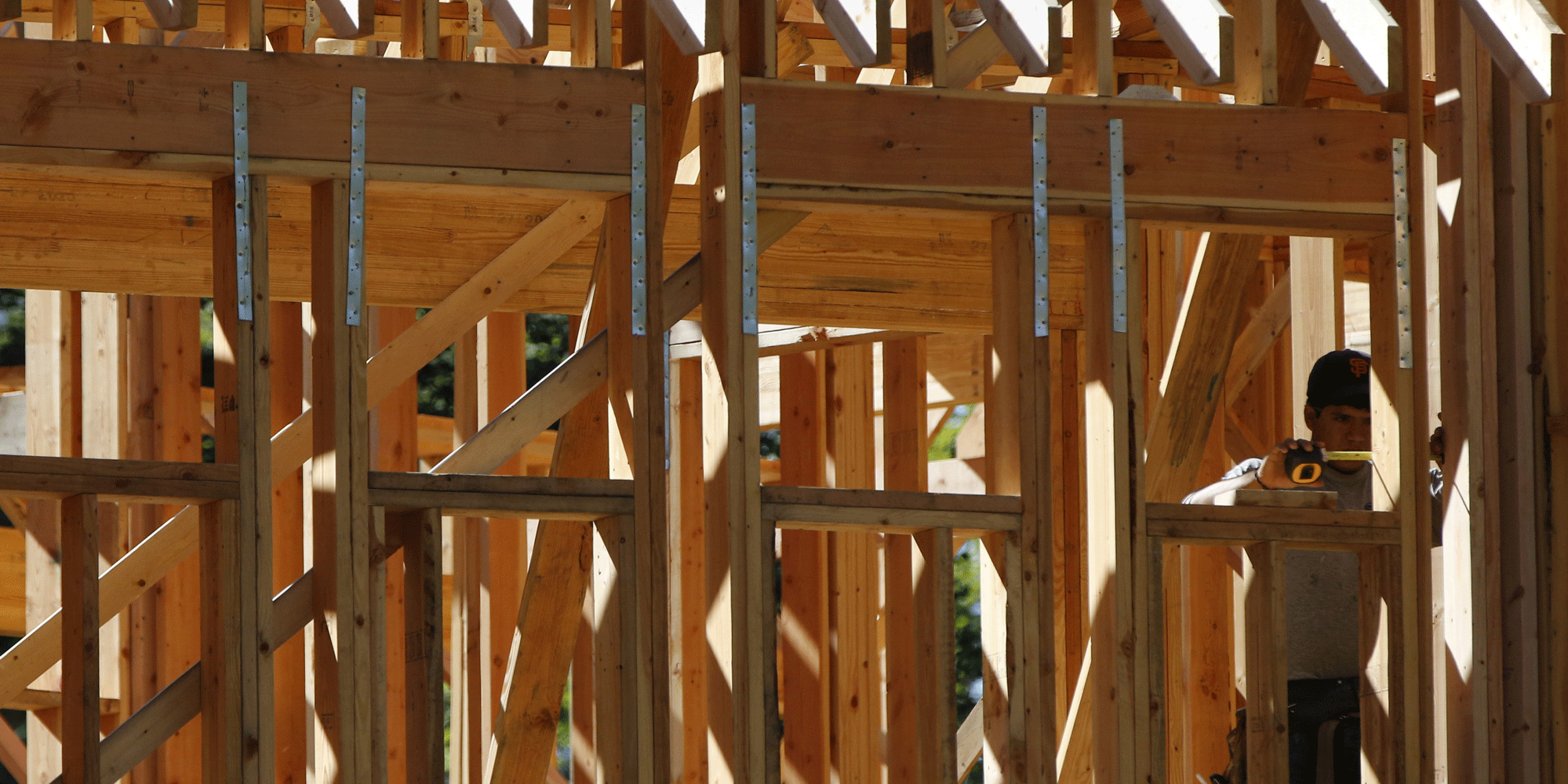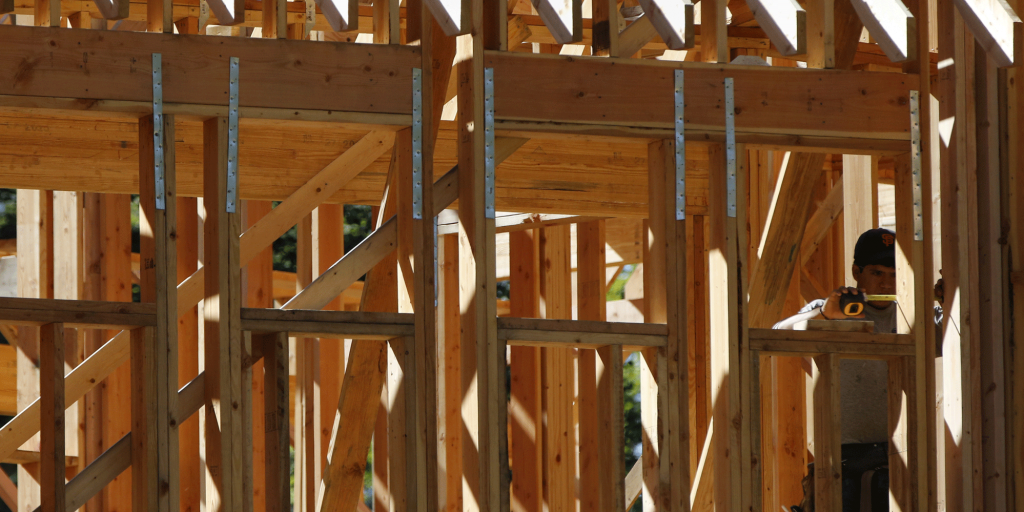
Reuters/Shannon Stapleton
- New home sales fell 5.9% last month to an annual rate of 863,000 units, the Census Bureau said.
- That missed the estimate of a 950,000-unit pace. The March jump was also revised lower.
- Soaring lumber costs and a lot shortage curbed builders' attempts to meet huge demand with new supply.
- See more stories on Insider's business page.
After surging through the pandemic on a wave of historic demand, sales of new single-family homes are giving way before a nationwide supply shortfall.
New home sales in the US slid 5.9% in April to an annual rate of 863,000 units, the Census Bureau said. Economists surveyed by Bloomberg expected sales to fall only slightly to a rate of 950,000 units. The March reading was revised to 917,000 from 1.02 million.
Sales still sit 48.3% higher than their year-ago level. April 2020 saw home sales hit their lowest levels of the pandemic before diving mortgage rates and surging demand drove powered a summer rebound.
The median price for a new home rose to a record-high $372,400, according to the Tuesday report. The one-month price jump is the largest dating back to October 2014.
The number of new homes for sale edged higher, to 316,000 from 307,000. That level represents roughly 4.4 months of supply at the current pace of sales.
The housing market boom has slowed somewhat in recent months as a lack of new construction has hindered sales. Soaring lumber prices and a shortage of buildable lots cut into contractors' building activity through April. Housing starts sank nearly 10% last month, and a survey conducted by the National Association of Realtors showed nearly one-fifth of homebuilders delaying construction or sales amid soaring costs.
Rising mortgage rates could also be stifling the rally. Expectations for a strong economic recovery have driven borrowing costs up from their January lows. A sustained rise in rates could weigh further on new home sales through the rest of the year, Ian Shepherdson, chief economist at Pantheon Macroeconomics, said in a note.
"The story here probably is a combination of fading COVID-induced demand for homes outside cities and/or bigger homes in the suburbs, coupled with the impact of higher mortgage rates and tighter lending standards," he said.
For now, sales are handily outpacing their historical average and homes remain in short supply. The imbalance is most clearly reflected in unit prices. Selling prices rose 13.2% year-over-year in March, according to S&P CoreLogic data published Tuesday, marking the largest one-year jump since December 2005. That beat the 12.5% median estimate.
When significant new supply finally arrives, experts still expect the market to run hot for a few years. Economists surveyed by the Urban Land Institute see home-price inflation cooling to 8.1% by the end of the year and 5% in 2021 as construction bounces back. Price growth will finally return to its two-decade average of 4% in 2023, according to the survey.

